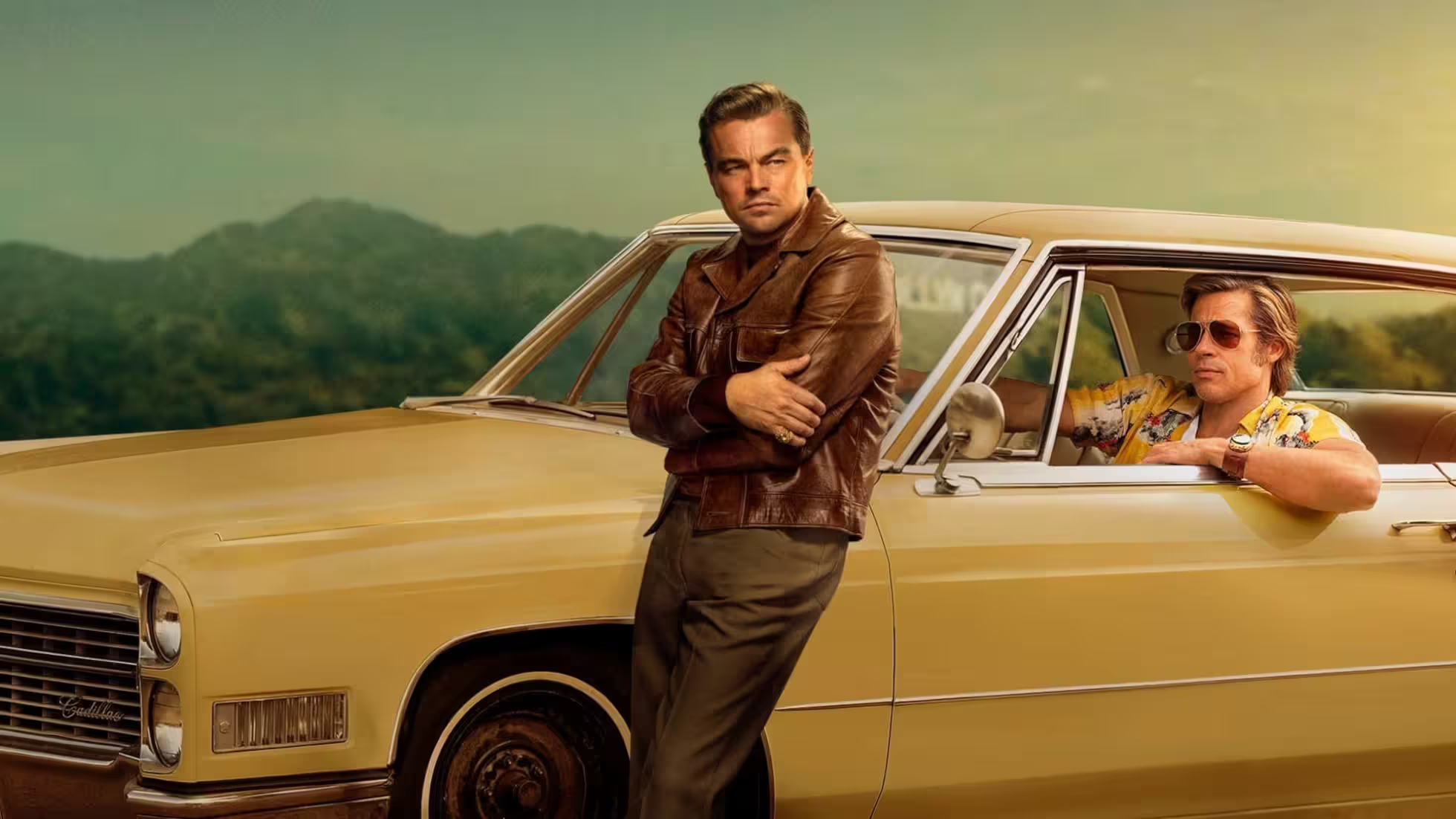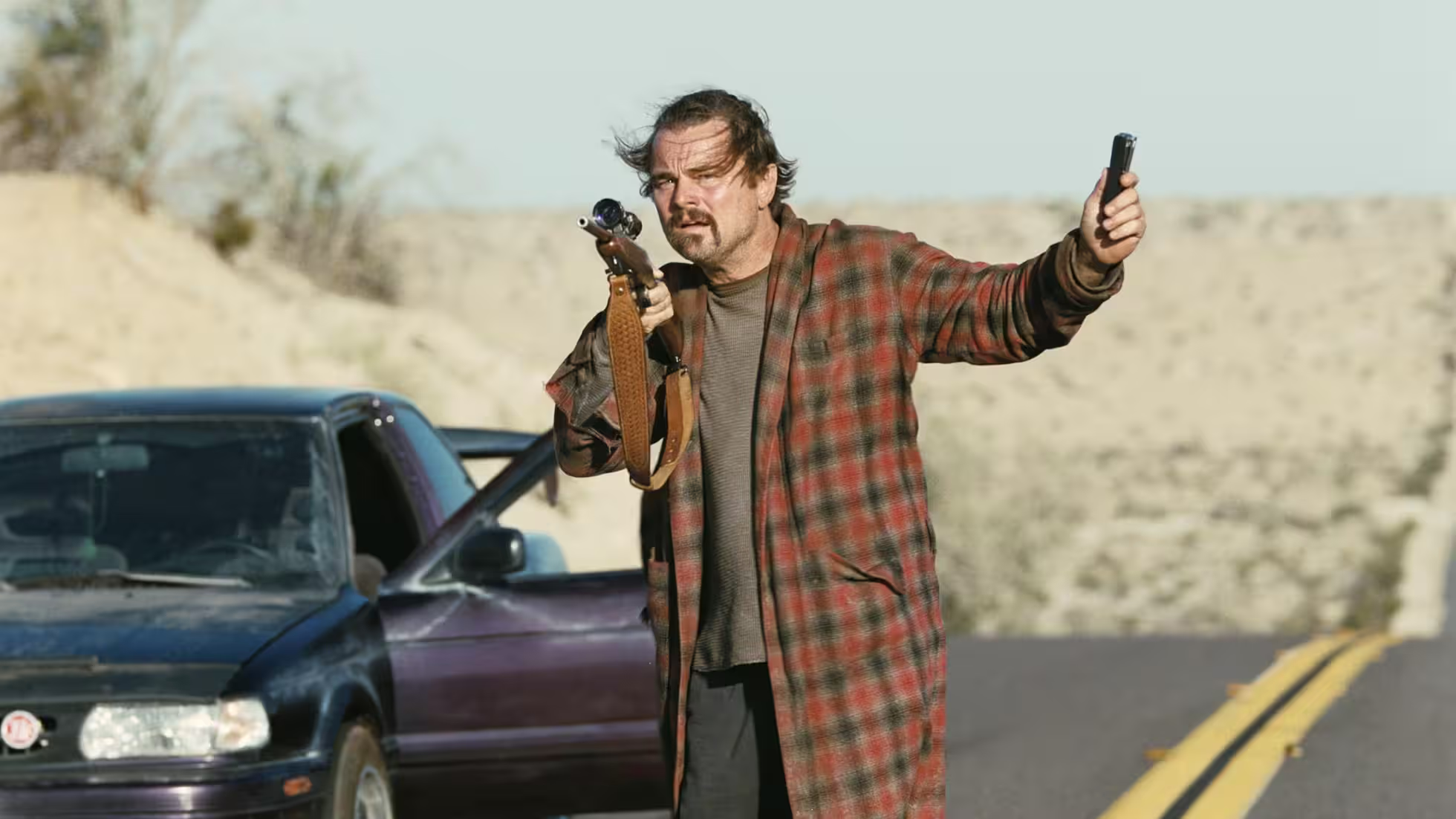U.S. Roads and Traffic

The U.S. highway network includes Interstate Highways, U.S. Highways, State Highways, and County Highways. But if you’re road‑tripping, don’t overthink the labels. From Boston in the north down to Key West at the southern tip along U.S. 1, the real difference you’ll feel is mostly whether the pavement is newer or older — functionally it’s much the same.
Most American roads are toll‑free, with only certain stretches in a few states charging tolls, especially around the New York metro in the Northeast and near Miami in Florida. Even where tolls apply, fees are modest, often under $4. You can take a ticket at the plaza and pay cash, or use prepaid passes like SunPass/E‑ZPass. At entry, choose the matching lane much like ETC vs. cash lanes in China. Note there are typically no gates at toll‑road entries; you can enter even if you forget to take a ticket, but without a ticket at exit the attendant will charge the maximum for the full segment — don’t ask how I know. 😅
On lighter‑traffic roads, you can feel the driving etiquette: on two‑lane carriageways, everyone keeps right and only moves left to pass, then returns promptly to the right. In dense city traffic — New York, Boston, Miami — it’s like anywhere else: cutting in, honking, jockeying for lanes…
Pay special attention to STOP rules. First, at any STOP sign, come to a complete stop regardless of whether you see traffic; proceed only after confirming safety. Second, when a yellow school bus extends its STOP arm for students to get on or off, you must stop and wait. Third, when ambulances, police cars, or fire engines approach with sirens, stop and yield even if there’s no STOP sign. At divided intersections, stop and yield even on green, since emergency vehicles may turn across you.
Parking: three reminders. 1) Never use disabled bays; they’re marked with the blue wheelchair symbol and fines can reach $400. 2) Many paid lots are prepay: buy time up front with a card; Best Parking helps find lots. 3) For street parking, check the meter, allowed types and time windows. Many city streets allow two hours free but still require starting the session at the meter or app; penalties run $20–$100 if you don’t.
The U.S. is a nation on wheels, with gas stations everywhere. On long drives refuel at Service Stations/Service Plazas along the highway, or exit to nearby towns where stations usually sit right off the ramp. Brands include Shell, ExxonMobil, AMOCO, Texaco, Circle K, etc., often with fuel, restrooms, and quick food. For a quick break only, use Rest Areas — note these usually have restrooms and seating but no fuel or restaurants.
Motorcycles have equal road rights as cars, occupying a full lane. Other vehicles shouldn’t crowd or pass aggressively. It’s common to see small groups of Harley riders cruising the highway.
Also watch for wildlife, especially at night, during mating season, or in hunting season. Roads that see frequent animal crossings are signed (deer, bear, even bees). If you collide with an animal, contact your insurer promptly for claims and assistance.
Published at: Sep 15, 2025 · Modified at: Dec 11, 2025


